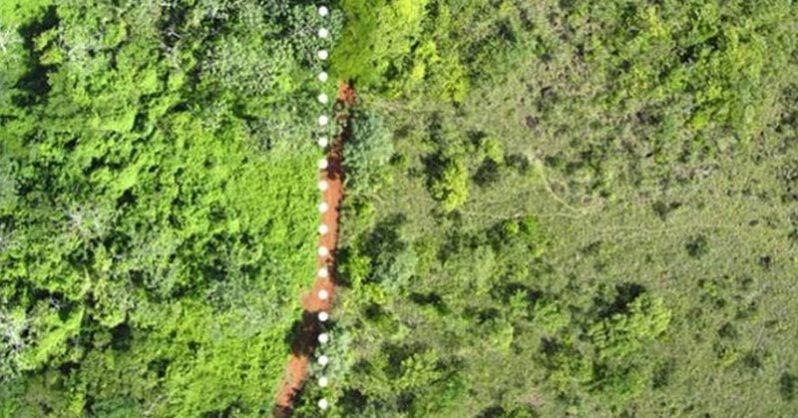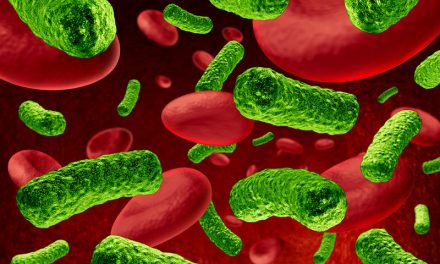For years, companies took advantage of Costa Rica’s forest in Guanacaste. The area was left almost barren, with only a select species of plants and trees growing, and the soil’s nutrients sapped. But the Conservation Area of Guanacaste had a plan up its sleeve to restore the forest to its natural diversity – orange peels!
RELATED ARTICLE:
Ecologists representing the conservation park, Daniel Janzen and Winnie Hallwachs, established a deal with a nearby company that produced tons of waste in orange peels and pulp with nowhere to put them. 12,000 metric tons of orange peels were driven into the park and dumped – and then left completely unattended for years.

16 years later, Timothy Treuer, a graduate student went on a trip to visit the site and document any changes that had taken place since the great orange-peel-dump. When he found the exact location, he was astounded by the difference: it was “like night and day”.
Treuer reported, “It was just hard to believe that the only difference between the two areas was a bunch of orange peels. They look like completely different ecosystems.” He and a team of Princeton University researchers then led a 3-year study documenting the changes that happened in the park’s ecosystem.
RELATED ARTICLE:
The area was filled with 24 times the number of species compared to the forest areas that hadn’t been treated with orange peel compost. The researchers found higher biodiversity, richer soil, and a well-developed canopy (i.e. treetop coverage). Ultimately, this success story bodes well for other forests that have been sapped of their resources – with the pollution epidemic and climate change posing serious threat to nature’s resources, being able to undo damage in a short period of time is incredibly significant.

A 2016 report published in Nature: International weekly journal of science also notes that once deforested, “secondary forests” like the one in Costa Rica actually absorb 11 times more carbon compared to older forests – which is a positive thing in light of carbon pollution.
How to Minimize Food Waste
While not all of us will be able to dump thousands of tons of food waste onto a forest floor, we can do our part to minimize food waste and use composting to help stay green. It’s estimated that the USA throws away half of all produce – much of it before it even reaches grocery store shelves. Not to mention the amount of food that most families tend to waste on a regular basis after they’ve bought it.
The first step every family can take is to make the most out of everything on their grocery list. Organize your food shopping by meal planning – before you even step foot into a grocery store or a farmer’s market, you should have an idea of what you’ll be eating for breakfast, lunch, dinner, and snacks over the next few days. If you won’t be using a fresh ingredient right away, wait to buy it!
Secondly, start a compost bin if you don’t have one already. (Are you a beginner? Check out this video below to get you started). Having a productive composting system can also help you grow your own herbs, leafy greens, and fruits & veggies from home – leading to an even more sustainable kitchen!
*Article originally appeared at The Hearty Soul.












